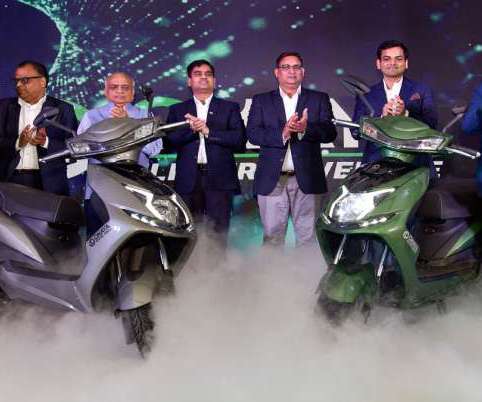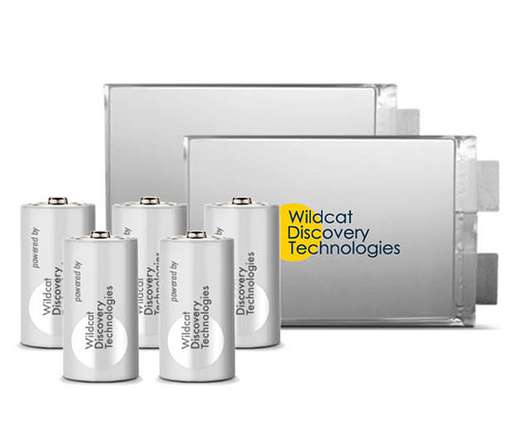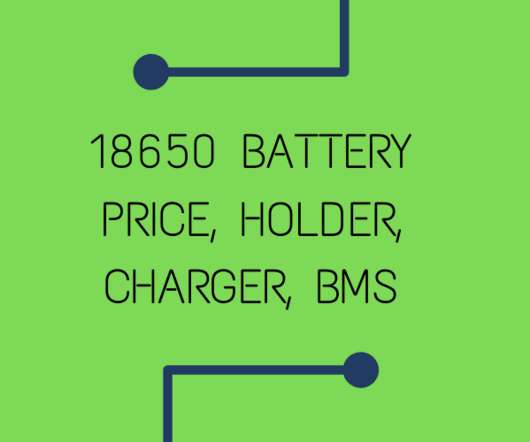Stanford, SLAC team cages silicon microparticles in graphene for stable, high-energy anode for Li-ion batteries
Green Car Congress
JANUARY 28, 2016
A team from Stanford University and the Department of Energy’s SLAC National Accelerator Laboratory has developed a new practical, high-energy-capacity lithium-ion battery anode out of silicon by encapsulating Si microparticles (∼1–3 µm) using conformally synthesized cages of multilayered graphene. —Li et al. —Yi Cui.




















Let's personalize your content